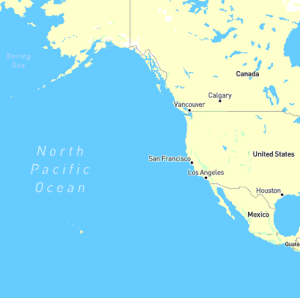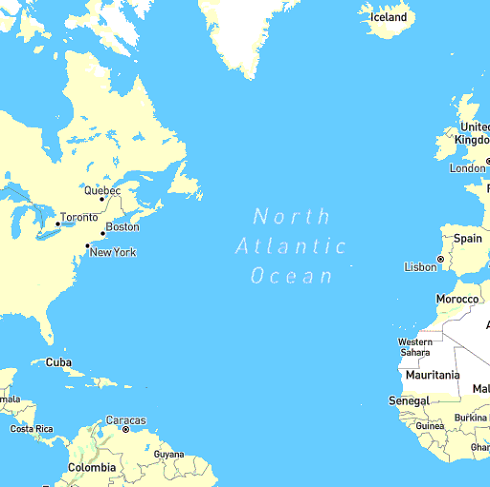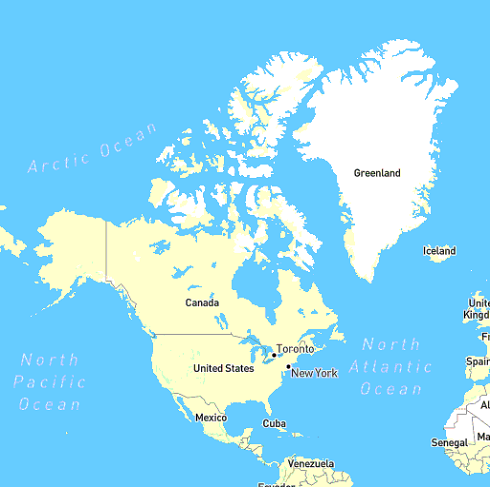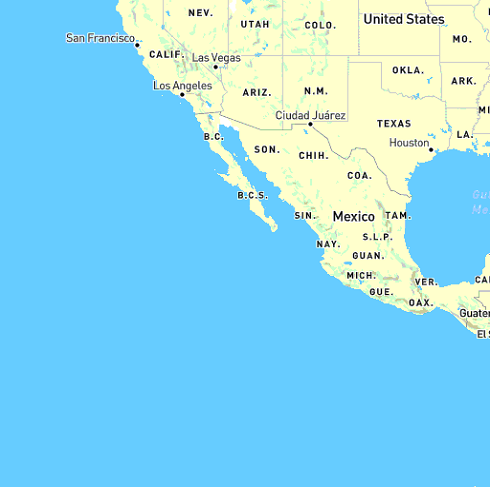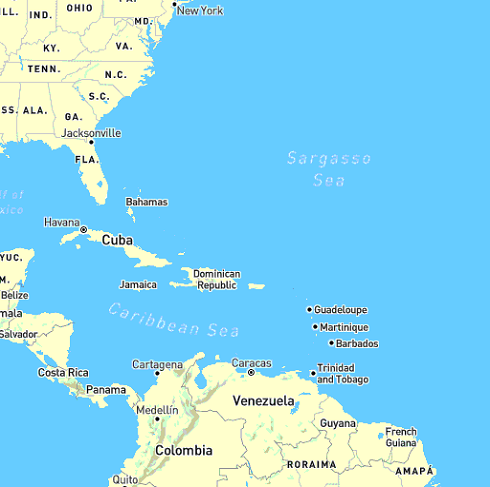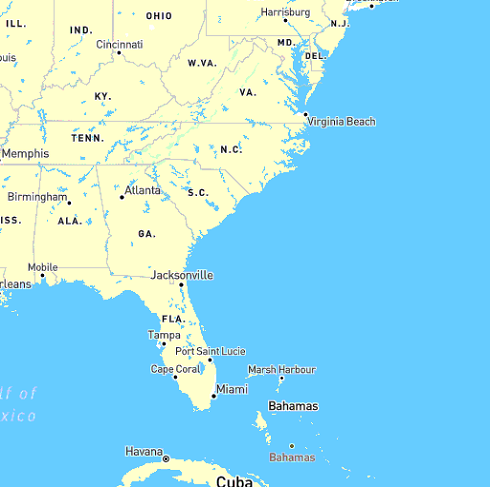Muncie, Indiana vs Gary, Indiana Population and Size Compared
Geographic Overview
Muncie, Indiana
- Location: Muncie is located in east-central Indiana, approximately 60 miles northeast of Indianapolis. It lies along the White River, offering scenic views and recreational opportunities.
- Area: Muncie covers an area of approximately 45.7 square miles (118.1 km²).
- Topography: The city features a relatively flat terrain, typical of the Midwest, with various parks and recreational areas enhancing the quality of life for its residents.
Gary, Indiana
- Location: Gary is situated in northwestern Indiana, about 25 miles southeast of Chicago, Illinois. It is positioned along the southern shore of Lake Michigan, making it a crucial location for shipping and transportation.
- Area: Gary covers an area of approximately 59.0 square miles (152.0 km²).
- Topography: The city’s landscape includes its proximity to Lake Michigan, with industrial zones and residential neighborhoods. Gary features parks and waterfront areas that provide recreational options for residents.
Size Comparison
In terms of geographical size, Gary is larger than Muncie, encompassing approximately 59 square miles, while Muncie covers about 45.7 square miles. This difference in size reflects the urban development patterns and land use in each city.
Population Statistics
Muncie
- Population: According to the 2020 Census, Muncie had a population of approximately 68,000 residents. The city has experienced fluctuations in population over the years but remains a significant urban center in Indiana.
- Demographics: Muncie has a diverse population, with a mix of students, families, and professionals. The presence of Ball State University contributes to the city’s youthful demographic and vibrant community.
Gary
- Population: As of the 2020 Census, Gary had a population of around 69,000 residents, making it similar in size to Muncie. However, Gary has experienced a decline in population over the past few decades, largely due to economic challenges and industrial changes.
- Demographics: Gary has a diverse demographic profile, with a significant African American community. The city’s history of steel manufacturing has influenced its population trends and economic conditions.
Population Comparison
Both Muncie and Gary have populations in the range of approximately 68,000 to 69,000. While Muncie’s population has remained relatively stable, Gary has faced challenges related to urban decline and economic shifts.
Historical Context
Muncie
- Establishment: Muncie was founded in 1827 and initially known for its agricultural roots. The city became an industrial center in the late 19th and early 20th centuries, with the establishment of glass manufacturing and other industries.
- Historical Significance: Muncie gained national attention through the Muncie Studies, which examined the social and economic conditions of American cities during the 1920s. The city is often referenced in discussions about urbanization and social change.
Gary
- Establishment: Gary was founded in 1906 as a company town for the U.S. Steel Corporation. The city was designed to support the steel industry and rapidly grew due to industrialization and immigration.
- Historical Significance: Gary played a crucial role in the steel industry during the 20th century, becoming one of the largest steel producers in the United States. The city’s industrial heritage has significantly shaped its economic landscape and demographic trends.
Economic Conditions
Muncie
- Economy: Muncie’s economy is diverse, with significant contributions from education, healthcare, and manufacturing. The presence of Ball State University enhances the local economy through job creation and student spending.
- Job Market: The job market in Muncie offers opportunities in various sectors, including education, healthcare, and manufacturing. The city has seen efforts to revitalize its economy and attract new businesses.
Gary
- Economy: Gary’s economy has historically been centered around steel production, but it has faced significant challenges due to the decline of the steel industry. The city has worked to diversify its economy by promoting retail, healthcare, and tourism.
- Job Market: The job market in Gary has been impacted by economic shifts, leading to higher unemployment rates compared to Muncie. However, the city is actively pursuing economic development initiatives to attract new businesses and improve job opportunities.
Educational Opportunities
Muncie
- Schools: Muncie is served by the Muncie Community Schools district, which includes several public schools offering various educational programs. The district has faced challenges but is committed to improving educational outcomes for students.
- Higher Education: Ball State University is a major institution in Muncie, offering a wide range of degree programs and contributing to research and community development. The university plays a vital role in the city’s identity and economy.
Gary
- Schools: Gary is served by the Gary Community School Corporation, which includes several public schools. The district has faced significant challenges related to funding and educational quality, leading to efforts for reform and improvement.
- Higher Education: While Gary does not have large universities within the city, residents can access nearby institutions, including Indiana University Northwest and Purdue University Northwest, which offer various degree programs.
Community Life and Culture
Muncie
- Community Events: Muncie hosts several community events and festivals throughout the year, including the Muncie Arts Walk and the Muncie Three Trails Music Series, which celebrate local culture and creativity.
- Parks and Recreation: The city offers various parks and recreational facilities, including Minnetrista, a cultural center that features gardens, trails, and historical exhibits. Residents enjoy access to outdoor activities and community gatherings.
Gary
- Community Events: Gary hosts several cultural events and festivals, such as the Gary Air Show and the Rhythm and Ribs Festival, showcasing the city’s music and culinary heritage.
- Parks and Recreation: Gary has several parks and recreational areas, including Marquette Park, which features a beachfront and various outdoor amenities. The city promotes community engagement through recreational programs and events.
Transportation
Muncie
- Transportation Network: Muncie is connected by major highways, including U.S. Route 35 and Interstate 69, facilitating easy access to surrounding areas. The city also has a public transportation system called Muncie Public Transit.
- Commute: The city’s transportation network supports commuting for residents, providing options for both personal and public transit.
Gary
- Transportation Network: Gary is well-connected by major highways, including Interstate 65 and U.S. Route 12, making it accessible for travelers and commuters. The city also benefits from its proximity to the South Shore Line, which provides rail service to Chicago.
- Commute: Gary’s transportation network supports commuting within the city and to nearby urban centers, offering various public transit options.
Conclusion
In summary, Muncie and Gary are two distinctive cities in Indiana, each with unique characteristics and opportunities. Muncie is known for its educational institutions, stable population, and vibrant community life, while Gary has a rich industrial history, diverse population, and ongoing efforts to revitalize its economy.
Understanding their differences and similarities can help individuals make informed decisions about where to live, work, and explore. Whether drawn to Muncie’s academic environment or Gary’s historical significance, both cities contribute to Indiana’s diverse landscape.
Muncie, Indiana vs Gary, Indiana Map
Check out the map below to see where these cities are located, and click on the pins to see their populations.

